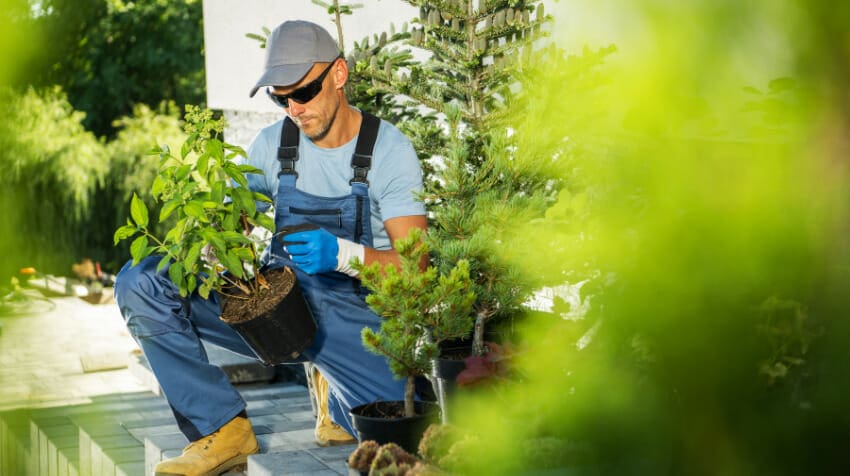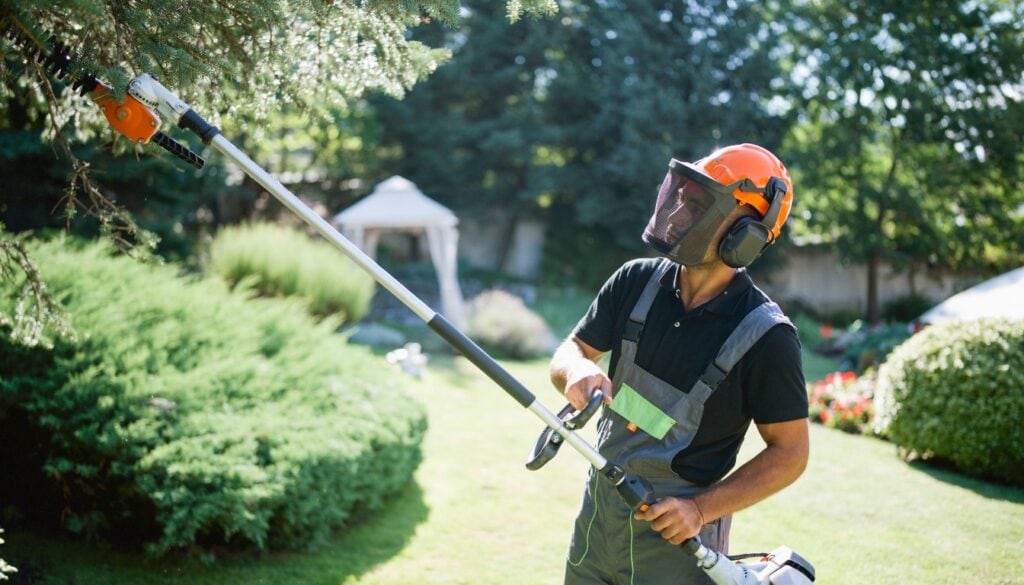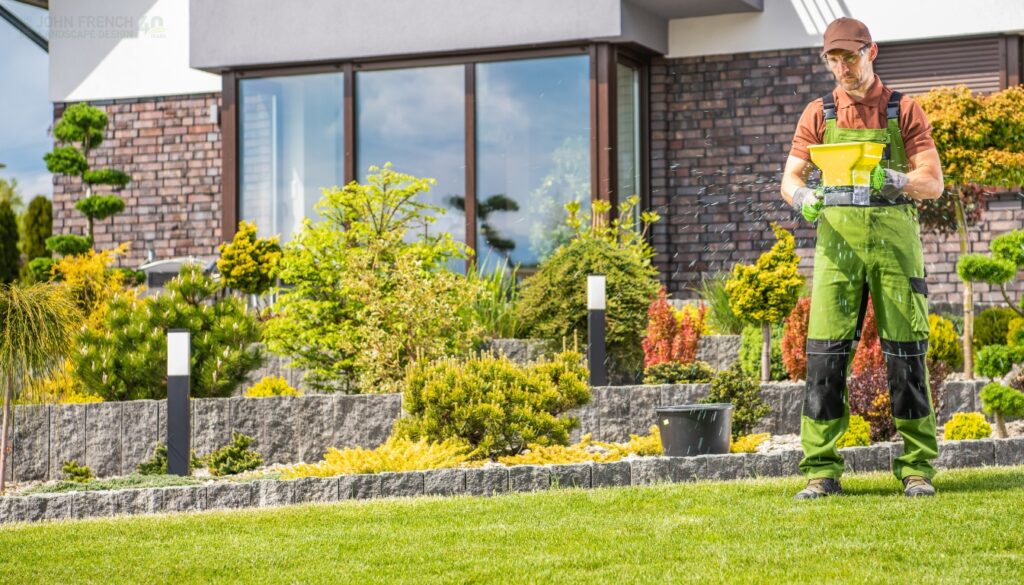Elevate Your Gardening Skills: Cultivate an Alluring Garden Adorned with Captivating Foliage and Stunning Blooms
Are you ready to transform your garden into a captivating oasis? The art of plant selection can help you create a space filled with stunning foliage and blossoming beauties. With the right plants and techniques, you can turn any outdoor area into an enchanting retreat.
Think of your garden as a canvas waiting for your creative touch. By assessing its conditions, choosing the perfect plants, grouping them for maximum impact, and providing proper care, you can make it bloom with vitality and color.
Whether you’re an experienced gardener or just starting out, mastering the art of plant selection is key to achieving a gorgeous outdoor paradise that will bring joy to your senses year-round. So let’s dive in and explore the world of plant selection together!
Assess Your Garden’s Conditions
Before you start picking out your flora, take a look at the environment where they’ll be living. To make sure your garden thrives, it’s important to evaluate soil quality and analyze sunlight exposure. These two factors will inform which plants will grow best in your specific conditions.
For soil evaluation, consider the type of soil you have and its pH level. Certain plants thrive in acidic soils while others prefer more alkaline environments. You can test your soil using a home kit or send a sample to a professional lab for more accurate results.
When analyzing sunlight, note how much direct sunlight your garden receives throughout the day and which areas are shaded. This information will help you select plants that require full sun or partial shade.
By understanding these fundamental elements of gardening, you can set yourself up for success when selecting the right plants for your garden without having to rely on guesswork or trial-and-error methods.
It’s essential to choose the right plants for your garden based on their needs and what conditions you can provide them with in terms of water, light, nutrients, and space availability.
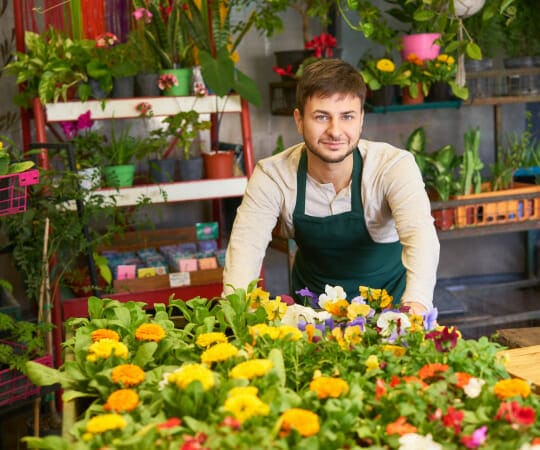
Choose the Right Plants for Your Garden
You’ll easily find the perfect additions for your outdoor space by picking out plants that will thrive in your garden’s unique environment. Plant compatibility is crucial when it comes to choosing the right plants for your garden.
Some plants prefer full sun, while others thrive in partial shade or even full shade. Additionally, certain plants require specific soil conditions or moisture levels to flourish.
Seasonal variety is another important factor to consider when selecting plants for your garden. By choosing a mix of early bloomers, mid-season performers, and late-blooming varieties, you can have a constantly changing and visually stunning display throughout the year. Be sure to research each plant’s blooming period before making a purchase so that you can plan accordingly.
Now that you’ve chosen the perfect plants for your garden based on their compatibility with your environment and seasonal variety, it’s time to think about how to arrange them for maximum impact without overcrowding or creating an unbalanced look.
Group Plants for Maximum Impact
Arranging your plants in groups can be likened to a symphony orchestra, where each instrument has its own unique sound but when played together, they create a harmonious and impactful arrangement that will leave your garden visitors in awe.
Color contrasts and texture combinations are two excellent ways to group plants for maximum impact. By contrasting colors, you can create vibrant displays that draw the eye and add interest to any space. For instance, pairing deep purples with bright yellows or cool blues with warm oranges can make for an impressive display.
When it comes to texture combinations, consider using plants with different forms and foliage. Combining spiky leaves with soft fronds or smooth leaves with rough bark can add depth and dimension to your garden bed.
Additionally, grouping plants of similar heights together can create a visually pleasing flow throughout the space. Remember that arranging your plants in groups is just one aspect of creating a beautiful garden; proper care is equally important.
Care for Your Plants
Don’t neglect your plants – giving them proper care is crucial to maintaining their health and ensuring they thrive in your garden.
One of the most important aspects of plant care is watering frequency. This varies depending on the type of plant, but a general rule of thumb is to water deeply and less frequently rather than shallowly and often. This allows the roots to grow deeper into the soil, promoting stronger, healthier plants.
In addition to watering, it’s also important to pay attention to soil fertility. Plants need nutrients from the soil in order to grow and flourish. Adding organic matter such as compost or manure can help improve soil fertility and provide those necessary nutrients for your plants.
Regular testing of your soil can also be helpful in determining any deficiencies that may need additional attention.
By taking care of these basic needs for your plants, you’ll be able to enjoy a beautiful garden filled with thriving foliage and blossoming beauties that will captivate both you and any visitors who come by.
Ensuring your plants are well taken care of is just one part of maintaining your garden’s beauty without having to constantly tend to it.
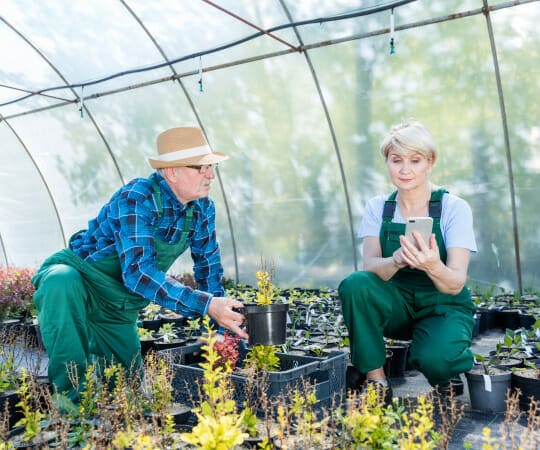
Maintain Your Garden’s Beauty
To keep your yard looking great, it’s important to regularly tend to the upkeep and maintenance of your outdoor space. This means taking the time to properly maintain your garden’s beauty through seasonal pruning and pest control. With a little bit of effort on your part, you can ensure that your garden remains vibrant and full of life throughout the year.
Here are some tips on how to maintain your garden’s beauty:
- Seasonal pruning: Regularly prune back any dead or damaged branches from trees and shrubs to promote healthy growth in the spring. Cut back perennials after they’ve finished blooming to encourage them to produce more flowers.
- Pest control: Keep an eye out for pests like aphids and spider mites, which can damage plant leaves and stems. Use natural methods such as insecticidal soap or neem oil spray to keep these pests at bay.
- Mulching: Spread a layer of mulch around plants and trees to help retain moisture in the soil, suppress weeds, and regulate soil temperature.
By following these simple steps, you can ensure that your garden stays beautiful all year round. So go ahead, get outside and start tending to your plants!
Frequently Asked Questions
What are some common mistakes that people make when selecting plants for a garden?
When selecting plants for your garden, it’s easy to make common mistakes that can lead to disappointment down the road.
One important factor to consider is the type of soil you have in your garden. Different plants thrive in different types of soil, so it’s important to choose plants that are compatible with your soil type.
Additionally, sun exposure is crucial when selecting plants. Some require full sun, while others prefer shade. Make sure you take into account how much sunlight your garden receives throughout the day before making a decision on which plants to include.
By taking these factors into consideration, you’ll be able to select plants that will flourish in your specific environment and create a beautiful and thriving garden.
How can I incorporate edible plants into my garden for both aesthetic appeal and practical use?
Incorporating edible plants into your garden not only adds to its aesthetic appeal but also provides a practical use. This practice is known as edible landscaping, where you blend fruits, vegetables, and herbs with ornamental plants.
You can choose from a wide variety of edible plants that are both beautiful and functional. Companion planting is an excellent way to incorporate edibles into your garden. For instance, growing tomatoes alongside basil not only enhances the flavor of tomatoes but also repels insects and pests that might harm them.
Incorporating edible plants in your garden requires careful planning so that they complement each other both aesthetically and functionally.
What are some plants that thrive in shady areas and how can I incorporate them into my garden design?
Looking to add some greenery to your shaded garden but unsure which plants will thrive in those conditions? Look no further than shade-loving plants. These types of plants are perfect for incorporating into your garden design ideas, and they come in a variety of shapes, sizes, and colors.
Some popular options include ferns, hostas, and hydrangeas. When selecting these plants, make sure to consider the amount of sunlight they require as well as their watering needs.
With careful planning and proper care, you can create a beautiful shaded oasis that’s both visually appealing and practical for your gardening needs.
What are some common pests and diseases that can affect plants in my garden and how can I prevent or treat them?
As a gardener, you know that pests and diseases can wreak havoc on your plants. But don’t worry, there are prevention techniques and natural remedies that can help keep your garden healthy.
One way to prevent pests is by maintaining good garden hygiene. This means removing dead leaves and debris, as they can harbor disease and provide shelter for pests. Another prevention technique is crop rotation, which helps prevent the buildup of soil-borne diseases.
If you do notice pest or disease symptoms, try using natural remedies such as neem oil or garlic spray to control them without harming beneficial insects. By staying vigilant and implementing these strategies, you can keep your garden thriving all season long!
How can I create a garden that is both visually appealing and environmentally friendly, using sustainable practices and materials?
Creating an environmentally friendly garden is easier than you might think. Sustainable landscaping practices can help reduce your environmental impact while still creating a visually stunning outdoor space.
One key aspect of sustainable gardening is water conservation. By selecting drought-tolerant plants and implementing efficient irrigation systems, you can greatly reduce your water usage without sacrificing the beauty of your garden.
Additionally, using organic fertilizers and avoiding harmful pesticides can help promote healthy soil and ecosystems in your yard.
With these sustainable practices, you can create a beautiful and eco-friendly garden that will thrive for years to come.
Conclusion
Congratulations! You’ve now mastered the art of plant selection and are well on your way to creating a garden filled with captivating foliage and blossoming beauties. By following the steps outlined in this article, you’ve learned how to assess your garden’s conditions, choose the right plants for your space, group them together for maximum impact, care for them properly, and maintain their beauty.
Did you know that a single oak tree can host up to 534 different species of insects? That’s right! Insects play an important role in pollinating plants, aerating soil, and decomposing organic matter. So when you’re designing your garden, don’t forget about our six-legged friends. Incorporate flowering plants such as lavender or marigolds, which act as natural pest repellents while attracting beneficial insects like bees and butterflies.
Remember that gardening isn’t just about aesthetics, but also about promoting biodiversity and sustainability. With careful planning and attention to detail, you can create a beautiful outdoor space that will enhance your physical health and mental well-being while supporting local ecosystems.
Happy planting!
Related Sources
RIGHT PLANT, RIGHT PLACE: THE ART AND SCIENCE OF LANDSCAPE DESIGN—PLANT SELECTION AND SITING

